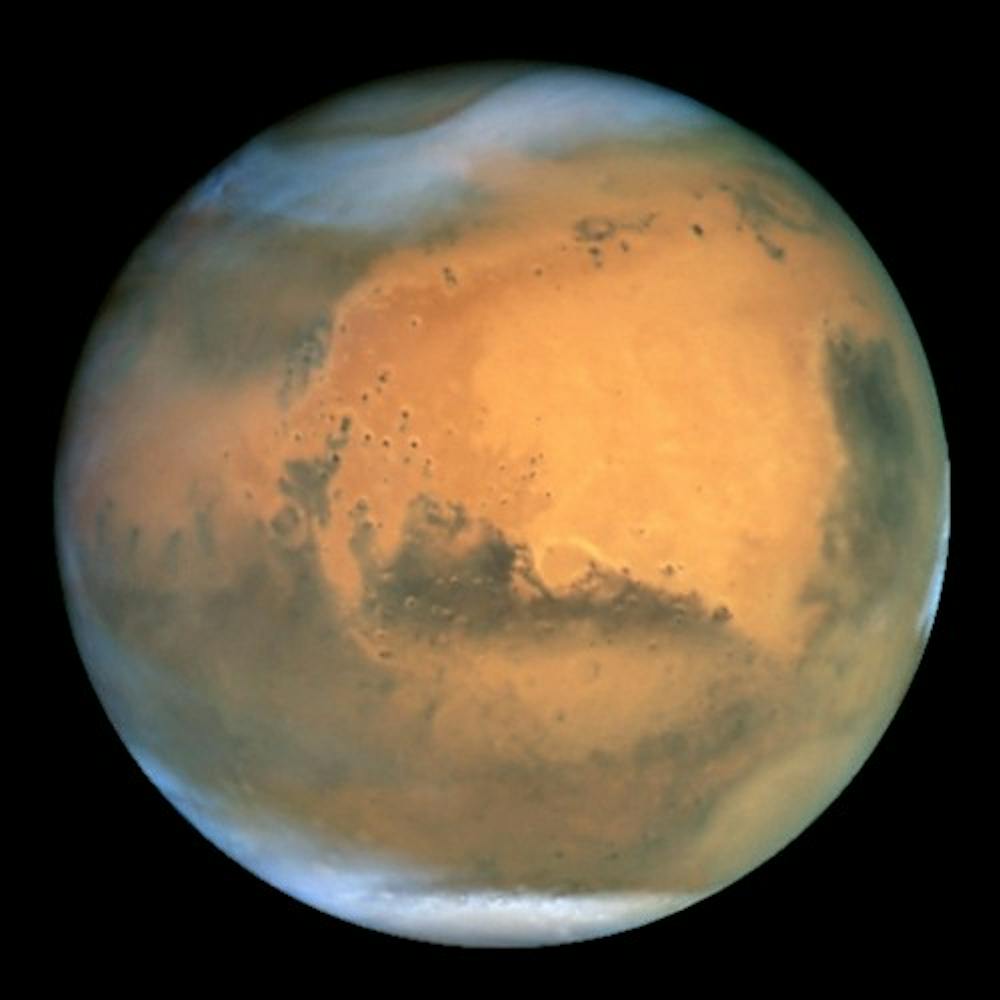Elon Musk has dreamed of sending humans to Mars for years, yet travel to the red planet has always been hampered with a litany of obstacles.
However, during a speech at the International Astronautical Congress in Adelaide, Musk announced the latest plan that he hopes can overcome those roadblocks.
The tech billionaire is convinced that his new plan will not only get people to Mars but will also make it profitable for his company, SpaceX. The plan Musk announced in late September revolves around the development of a new type of rocket and spaceship.
Called the Interplanetary Transport System, the gigantic reusable rocket SpaceX has designed could potentially allow Musk to watch his aspirations of colonizing Mars turn into reality.
Although Musk’s presentation in Australia lacked financial details, he was quoted by The New York Times as saying, “Now we think we have a better way to do it.”
According to Musk, the new rocket and spaceship combination will cause a “fundamental” change at SpaceX, replacing everything the company is currently launching.
Dubbed the BFR (Big Fucking Rocket) by Musk, it would measure 30 feet in diameter and be able to lift 150 metric tons into low-Earth orbit, making it more powerful than the rocket that put people on the Moon.
The rocket is capable of storing two to three people in each of its 40 cabins, with the ability carry a total of about 100 people per flight.
The rocket is designed so that, after it launches, the booster will separate and return to the launching pad for future use. Meanwhile the spaceship will continue into orbit, refill its tanks of methane and oxygen propellant and begin on the long trek to the red planet.
The spaceship could also travel to the moon, a feature that also appears to interest Musk.
“It’s 2017... We should have a lunar base by now,” he said to The New York Times.
Despite its long-distance capabilities, the BFR could also be used in shorter distance missions. By replacing SpaceX’s Falcon 9 rocket, the BFR could send satellites into orbit and transport astronauts to the International Space Station.
With some modification, the BFR could even be used to collect and dispose of the debris littering space in low-Earth orbit.
Because the BFR is designed to be reusable, the operating cost of the system would be relatively low for space travel.
Robert Zubrin, who serves as the President of the Mars exploration advocacy group Mars Society, is supportive of Musk’s newest plan. He spoke to The New York Times about how he saw Musk’s new approach as more practical.
Another feature the BFR has, which is perhaps its most radical, is the ability to conduct city-to-city travel on Earth. With a top speed of 18,000 miles per hour, the BFR could make long distance flights very short.
With the BFR, no two points on Earth would be more than an hour apart. For example, the nearly 12,000-mile, 15-hour flight from New York City to Shanghai could be reduced to 39 minutes on a BFR rocket.
After his presentation, Musk posted on Instagram and added that the cost of a seat on an in-Earth BFR flight would be about the same as economy-class on a conventional airliner.
Musk has set a timeline for the production of the BFR rocket. SpaceX could launch a cargo mission as soon as 2022, followed by four BFRs heading to Mars in 2024.
Musk’s presentation came just hours after it was announced that airplane manufacturer and defense contractor Lockheed Martin released an update on its plan to travel to Mars in 2028.
Called the Mars Base Camp, the Lockheed Martin craft would circle Mars with six astronauts before returning to Earth after a year.
The updated Lockeed Martin Mission also includes plans a reusable, hydrogen-fueled lander designed to allow four astronauts to live on the Martian surface for two week intervals.
Regardless of who makes it there first or how it is done, it appears that humans are on their way to Mars























Please note All comments are eligible for publication in The News-Letter.